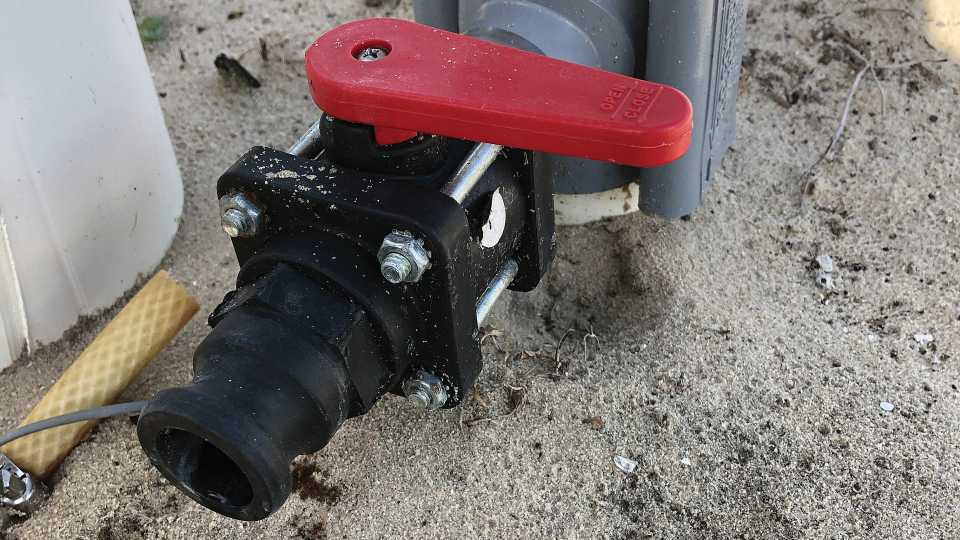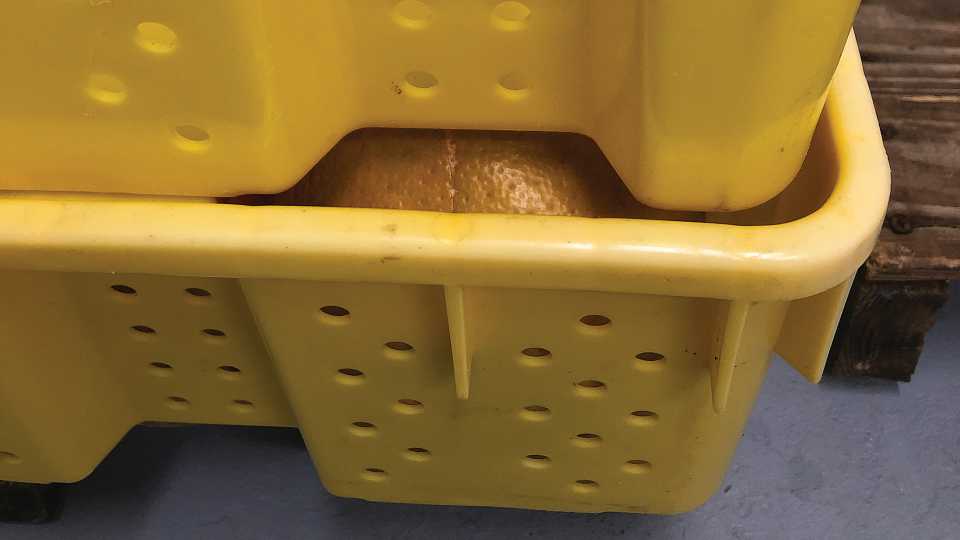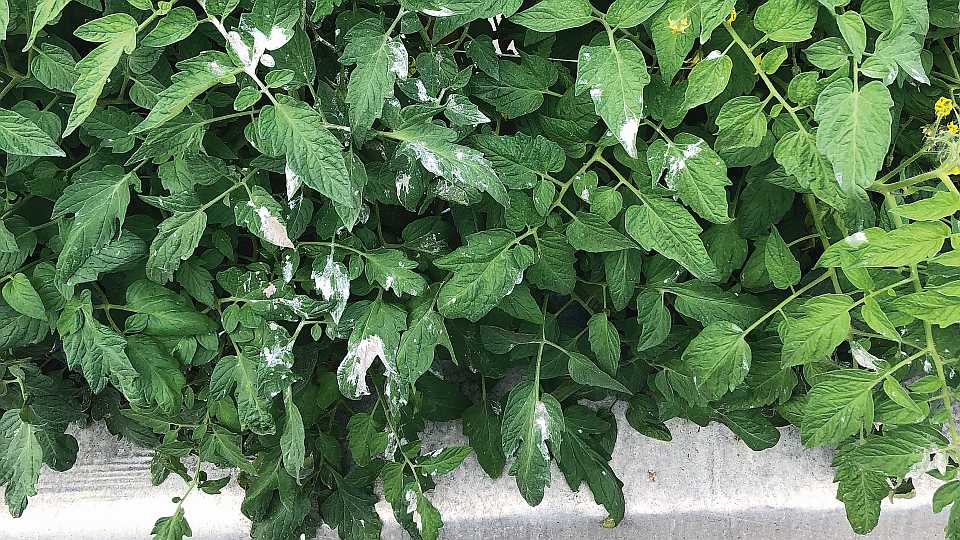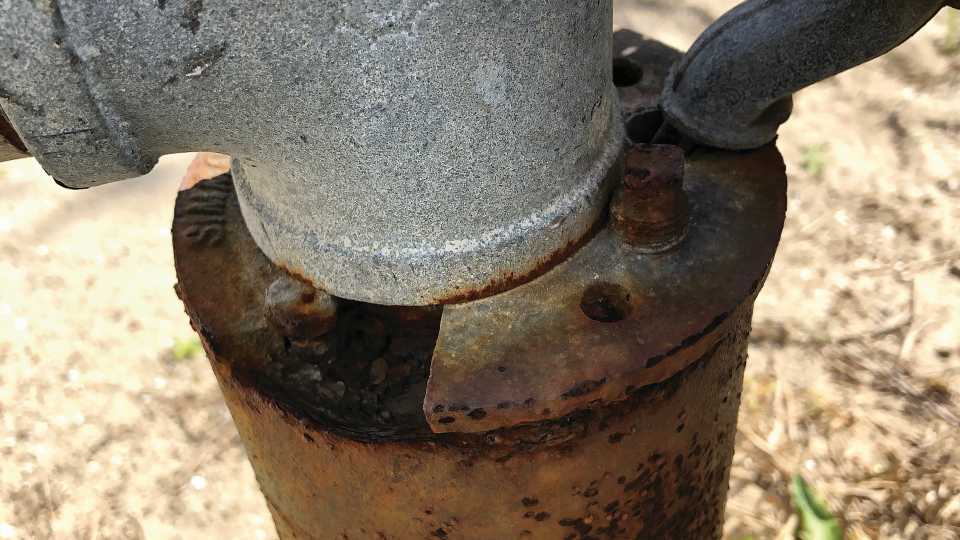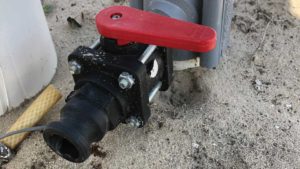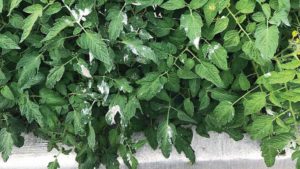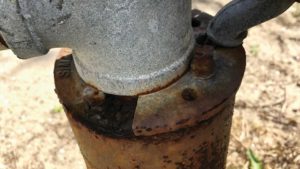Is Your Farm Food Safety Modernization Act Ready?
The Food Safety Modernization Act (FSMA) was signed into law in 2011, and it has slowly crept toward realization. The law includes seven rules with staggered implementation dates, beginning as early as 2015. The rule that impacts fruit and vegetable growers most is the Produce Safety Rule (PSR), but with many moving parts and complexity, the FDA has taken a step back to allow more time for the industry to prepare.
“The first implementation deadlines for the produce rule hit in January 2018, but I think FDA realized that neither they, nor the states, nor those covered by the rule, were ready for inspections,” says Michelle Danyluk, Ph.D., an Associate Professor of food microbiology and safety with UF/IFAS.
“Instead, FDA and the National Association of State Departments of Agriculture started a program in 2018 — the On-Farm Readiness Review (OFRR) — so those covered by the rule could learn how ready they are for an inspection and for those who will be regulating farms to get more experience on farms. We expect inspections of the very largest farms (revenues of more than $500,000 annually), to begin later this spring.”
According to Sydney Stone Armstrong, FSMA Coordinator with the Florida Department of Agriculture and Consumer Services (FDACS), about 40 farms have participated in an OFRR (as of late February). FDACS has worked jointly with UF/IFAS in conducting the free, voluntary reviews on farms and has received a grant from FDA to help growers get ready for FSMA.
“One of our deliverables to FDA for the grant is to provide education and outreach to Florida farmers,” Armstrong says. “When the time comes, FDACS also has been credentialed by FDA to conduct the inspections. We are in year three of the grant for outreach and education. In that time, we have been providing a one-day education course (Produce Safety Alliance Grower Training) on the PSR. That is what we recommend as a starting point to get ready for the law. Then, after taking the course, we encourage growers to sign up for the OFRR to see where their farms stand in terms of future inspections.”
Danyluk works closely with Travis Chapin, the Statewide Food Safety Extension Agent. His job is to transfer information to the grower community. And with FSMA, his role has expand-
ed into helping growers prepare for the regulation.
Danyluk and Chapin collaborated on the following responses to our questions.
Overall, do you believe Florida growers are fairly well prepared for the Food Safety Modernization Act?
A: It’s hard to make an overarching, general statement about the preparedness of the more than 3,000 farms in Florida who are covered by the rule. In general, if a Florida farm has established a food safety/Good Agricultural Practices program, they are moving in the right direction. However, every once in a while, we still run across growers who haven’t heard of FSMA. Attending a training program recognized as adequate by FDA is a PSR requirement. To date, the only program recognized is the Produce Safety Alliance Grower Training. We at UF/IFAS know that we aren’t the only ones offering this training, but our experience indicates that more than 80% of growers in Florida may not have taken this course.
What are some of the common issues that might need attention in terms of the regulation?
A: Performing a preharvest assessment is one of the most overlooked requirements. This is where a supervisor or other trained individual visually inspects the growing area to be harvested, checking for major signs of animal intrusion or other contamination. Depending on the crop or the size of the field, this might be a walk or drive around the perimeter, but it’s important that this is completed prior to workers going into an area for harvest. This doesn’t have to be documented; it just has to be done. Some growers, particularly the ones who have third-party food safety audits, are already doing this, but they might call it something else or describe it in a different way than the PSR, so it’s still helpful to point this out. This is one of those very easy fixes.
Another often overlooked requirement is the need for an annual (and documented) inspection of the water distribution system(s) under the control of the operation. This should be a written consideration of the type and condition of the water sources and an evaluation of any new or existing potential routes of contamination, such as through trash or debris around the water source, unprotected hose fittings, cross-connections, and the type of water source (e.g., municipal, ground, or surface). It also should consider any measures you use to protect the water source and supply from potential contamination, such as the testing of back-flow preventers or water treatment systems, if used.
We’ve seen several instances where growers tell us they have back-flow preventers but aren’t confident in describing them to us. Or we see instances, especially in wells, where there are access points before the back-flow preventer, that are susceptible to back flow. This is another easy fix — to have a technician walk you through how your well’s back-flow preventer works so you can confidently explain it to an inspector.
What can growers easily overlook when it comes to food safety and the regulation?
A: If there’s one theme we’ve noticed throughout the nationwide rollout of this program, it’s the need to emphasize the concept of food contact surfaces. Food contact surfaces can be a lot more places and move around a lot more than most us have spent much time thinking about. They include the conveyor belts on harvesting and packing equipment. Think about how those belts run around the underside of the equipment. How much time have you spent looking there? A lot of times aprons become food contact surfaces, and that’s something often overlooked in terms of sanitation programs. Of course, the inside of harvest and packing containers are food contact surfaces. But if you stop and think about it, the bottoms of those containers often become food contact surfaces when full bins are stacked on top of each other. Identifying, cleaning, and sanitizing food contact surfaces prior to and during harvest, and during any postharvest packing, and documenting these activities to establish clean breaks, has emerged as something that a number of growers in Florida and across the U.S. may have overlooked.
Worker training is another area that is sometimes glossed over. When we ask someone to describe their worker training program, we often hear about a once-a-year, 10- or 15-minute video or “tailgate training.” Technically, if all the training topics are addressed in that amount of time, this could meet the rule’s minimum requirements. Now that the FDA has released the more extensive PSR guidance document, the expectations have been set a little higher than that.
The workers on the ground or on the packing line are the only line of defense against preventing contamination of fresh produce, so having a good worker training program is extremely important.
What feedback have you received on the OFRR?
A: So far, the feedback has shown us that the OFRR is a great way to get some peace of mind when it comes to FSMA.
For one, after you are exposed to the process, you will gain insight into the kinds of things an inspector might be looking for. You’ll also have a chance to address the most critical issues before
an inspection.
Other feedback we get after the one-day training is that growers are often frustrated by how vague some of the rule requirements seem. After participating in an OFRR, they begin to see how the ambiguity in the rule is often quite intentional; so that policies, practices, and other risk-management decisions on an individual farm can be risk-based and grounded in a scientific approach. This surprises many growers.
We hear a lot of growers who are afraid the PSR is going to cost them tremendous amounts of money. Going through an OFRR helps to alleviate some of that concern. Many of the issues we see can easily be addressed on the spot. Others might require some time to implement or train employees. Of course, in some cases, we do see some things that could be best addressed with a minor (or rarely, a significant) monetary investment.
If a grower currently undergoes a third-party audit, are they ready for the Food Safety Modernization Act?
A: Certainly being audited for food safety means that growers are proactively addressing food safety on their farms. Over the past few years, many of the audit programs have worked toward aligning their requirements with those of FSMA, which will help move growers toward readiness. But the reality remains that a food safety inspection isn’t an audit. There is no formal checklist for an FSMA inspection like with an audit.
This is where the OFRR comes in — to help growers get a better idea of the more conversational approach expected in inspections. The information covered may be similar to a third-party audit, but the way it’s covered will likely be different.
What is the status of water testing and standards at this point?
A: If there’s any one area of the produce safety rule that seems like a moving target, it’s agricultural water. In September 2017, FDA published a proposed rule to extend the compliance dates for the rule covering agricultural water by four years. A grower whose compliance date was January 2018 would have until 2022 to comply with agriculture water standards.
The reason given for the extension was “to address questions about the practical implementation of compliance with certain provisions and to consider how we might further reduce the regulatory burden or increase flexibility while continuing to achieve our regulatory objectives, in keeping with the Administration’s policies.” It’s a big TBD right now. We believe the biggest sticking points are the number of water samples a grower must collect from different sources and what the appropriate numbers (or metrics) of microbial indicators can be in those waters.
We have seen some positive movement by FDA around water. For those growers who took training before September 2017, they may recall there was only one FDA-recognized water test. They also might remember there were only six labs in all of Florida that could do this test, and none were further south than Orlando. The good news is FDA now recognizes a number of additional tests that have been deemed equivalent to the one test they previously acknowledged. More than 200 labs in Florida can perform at least one of these tests. Included are most of the common test types we see growers using for agricultural water, and they are significantly less expensive than the previously recognized test.
There are things growers can do while FDA readdresses this section of the rule. Most importantly, if a grower has not previously done any microbiological testing, they should start to do some water tests. If a grower is already testing water for audit programs or buyer requirements, they should continue. If a grower is unsure how to interpret the water testing results they’re getting, or is unsure how to start a water testing program, please reach out to us. We are glad to help you get started.
We recommend growers evaluate and assess risks that could impact water quality. What sort of water am I using (municipal, ground, or surface)? Do I use water in a way that meets the PSR definition of agricultural water (water that touches the harvestable portion of the crop)? Are there any cross-connections or runoff potential into my water source? Is water treatment a good option for me?
We realize when FDA does eventually sort this out, we’ll be there to help growers figure out exactly what they need to do.





